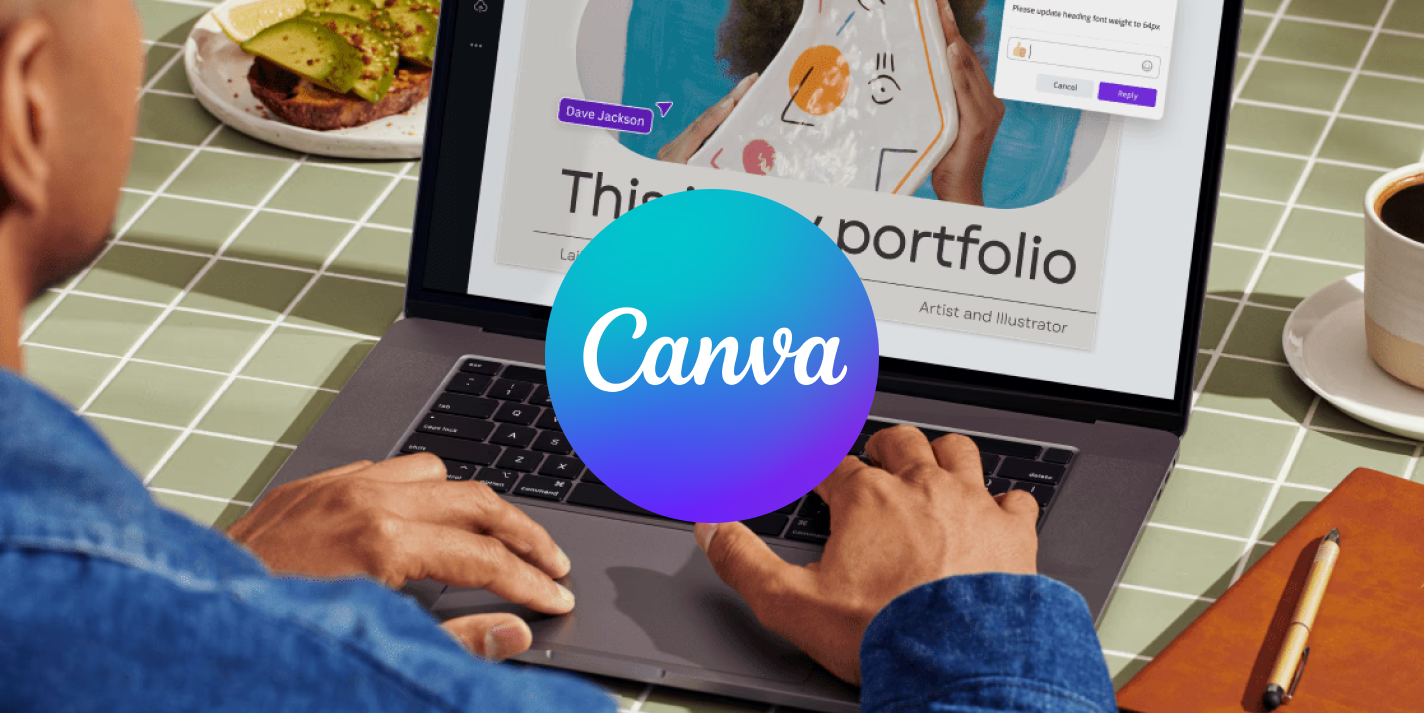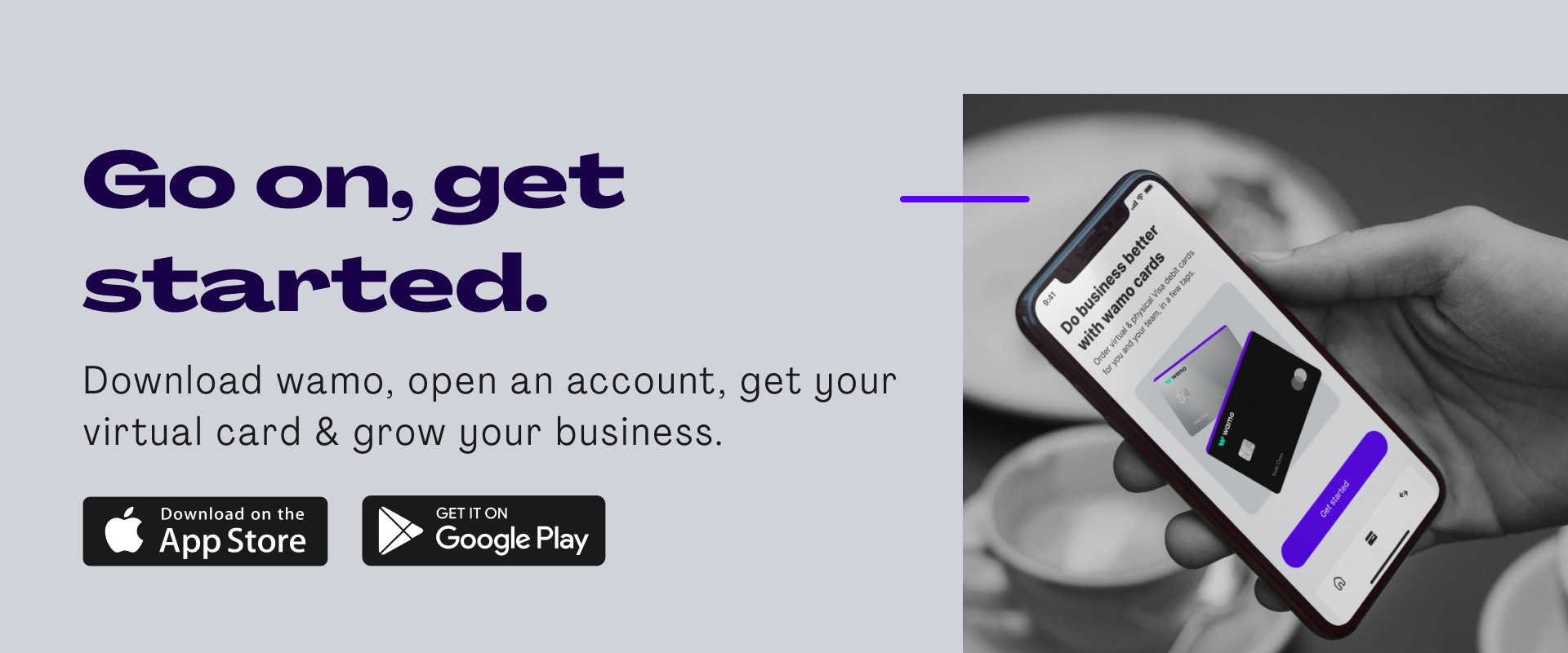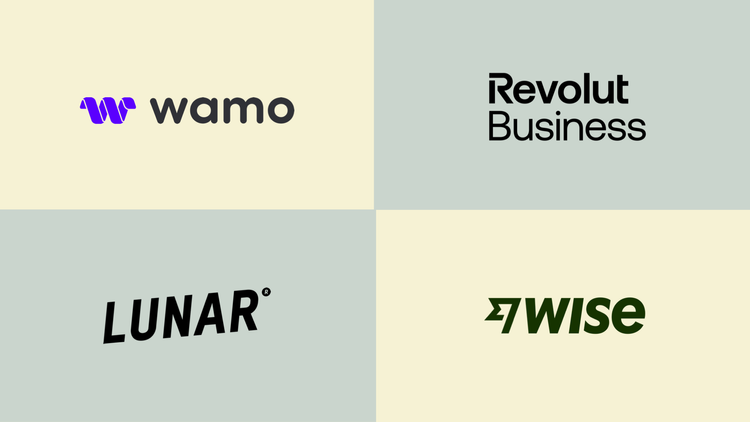As technology evolves, so does the world of marketing. Long gone are the days when marketing was all about print ads, billboards, and TV commercials! With the advent of digital marketing, businesses can now reach their target audience in ways that were once seen impossible.
But, with this new world comes a whole new set of jargon and terms that can be confusing for those new to digital marketing and for those who hoped not to even have to tackle this aspect of building a business, they can see, like too many and too much to tr and get your head around. To make it easier (because the bottom line is, the more you know the fewer poor judgements you’ll make!), we’ve put together some of the most important digital marketing terms you need to know before speaking to a digital marketing agency.
Organic Reach
Organic reach refers to the number of people who see your content without paid promotion. This can include social media posts, blog articles, and other types of content that are shared organically by users.
Organic Traffic
Organic traffic refers to the visitors that come to your website through unpaid search engine results. This means that they found your website through a search engine like Google or Bing rather than through paid advertising.
Organic traffic is important because it indicates that your website ranks well in search engine results pages (SERPs) for relevant keywords. It can be a sign that your website has high-quality content that is useful and relevant to your target audience.
SEO
SEO, or Search Engine Optimization, is the process of optimising a website's content and structure to rank higher in search engine results pages (SERPs). Put more simply, it's the practice of making sure your website shows up at the top of Google search results when someone types in a related keyword. SEO is crucial to the success of any digital marketing campaign, as it helps to drive traffic to your website and increase your online visibility.

Search Engine Results Page (SERP)
A Search Engine Results Page (SERP) is the page that displays the results of a search query on a search engine such as Google or Bing. The results can include both paid and organic listings.
PPC
PPC, or Pay-Per-Click, is a type of digital marketing where advertisers pay a fee each time one of their ads is clicked. PPC ads can appear on search engine results pages, social media platforms, and other websites. This type of advertising can be highly effective, as it allows you to target specific demographics and track the performance of your ads in real-time.
Cost Per Click (CPC)
Cost Per Click (CPC) is a pricing model used in digital advertising where advertisers pay a fee each time someone clicks on their ad. CPC is commonly used in paid search advertising and can be an effective way to drive traffic to your website.
CTR
CTR, or Click-Through Rate, is a metric used to measure the success of digital advertising campaigns. It measures the number of clicks your ads receive divided by the number of impressions (or views) they receive. A high CTR indicates that your ad is resonating with your target audience and is performing well.

Impressions
Impressions refer to the number of times an ad is displayed to a user. This metric is often used to measure the reach of an advertising campaign and can be an important indicator of brand awareness.
Impressions Share
Impressions Share is a metric that measures the percentage of impressions your ads receive compared to the total number of impressions they were eligible to receive. A high impression share indicates that your ads are being displayed to your target audience at a high rate.
CPM
CPM, or Cost Per Thousand, is a pricing model used in digital advertising where advertisers pay a fixed rate for every 1,000 impressions their ads receive. This pricing model is commonly used for display ads and can be a cost-effective way to reach a large audience.
Conversion
A conversion is when a user takes a desired action on your website, like making a purchase, filling out a contact form, or subscribing to your newsletter. Conversion tracking is crucial to the success of any digital marketing campaign, as it allows you to measure the effectiveness of your website and advertising efforts.

Conversion Rate
Conversion rate is a metric used to measure the percentage of website visitors who complete a desired action, again like: making a purchase, filling out a form, or subscribing to a newsletter. A higher conversion rate means that more of your website visitors are taking the desired action, indicating that your marketing efforts are effective.
To calculate your conversion rate, divide the number of conversions by the number of website visitors, then multiply by 100 to get a percentage. For example, if your website had 1,000 visitors and 50 of them made a purchase, your conversion rate would be 5%.
Conversion Rate Optimization (CRO)
CRO is the process of optimizing your website and marketing campaigns to increase the number of conversions. This can involve A/B testing, improving website usability, and other tactics that encourage users to take specific actions.
Landing Page
A landing page is a specific page on your website that is designed to convert visitors into leads or customers. It's often used in digital advertising campaigns to provide users with a focused and relevant experience that encourages them to take a specific action.
A/B Testing
A/B testing is a method of comparing two different versions of a web page, landing page, email, or ad to see which one performs better. By testing different content variations, you can optimize your campaigns for maximum effectivenes; increasing Conversion Rate and decreasing CPA.
Cost Per Acquisition (CPA)
CPA is a pricing model used in digital advertising where advertisers pay a fee for each new customer or lead acquired through their campaigns. This pricing model can be a cost-effective way to drive conversions and grow your customer base.
ROI
ROI, or Return on Investment, is a metric used to measure the profitability of a digital marketing campaign. It's calculated by dividing the revenue generated by the campaign by the cost of the campaign. A high ROI indicates that your campaign generates a positive return and is worth continuing.
KPI
KPI, or Key Performance Indicator, is a metric used to measure the success of a digital marketing campaign. KPIs can vary depending on the campaign goals, but some common KPIs include website traffic, engagement, and conversion rates.
Content Marketing
Content marketing is the practice of creating and distributing valuable, relevant, and engaging content to attract and retain a target audience. Content marketing can include blog posts, videos, social media posts, and more. It's an important part of any digital marketing strategy, as it helps to build brand awareness and establish authority in your industry.
Influencer Marketing
Influencer marketing is a type of marketing where brands partner with social media influencers to promote their products or services. Influencers have large followings on social media platforms, and their endorsements can be highly effective in driving sales and increasing brand awareness.
Retargeting
Retargeting, also known as remarketing, is a type of advertising that targets users who have already interacted with your website or ads. By showing them ads relevant to their previous interactions, you can increase the chances of conversion and drive more sales.
Lead Magnet
A lead magnet is an incentive offered to users in exchange for their contact information, such as an email address. Lead magnets can be ebooks, webinars, or other valuable content encouraging users to engage with your brand.
Call-to-Action (CTA)
A call-to-action is a specific instruction designed to encourage users to take a specific action, such as purchasing or filling out a contact form. Effective CTAs are clear, concise, and strategically placed within marketing campaigns.
Digital marketing can be a powerful tool for businesses of all sizes, but it's important to understand the jargon and terminology that comes with it. By familiarising yourself with the terms outlined above, you'll be better equipped to speak with digital marketing agencies and understand the strategies they propose.
Effective digital marketing is more than just throwing money at ads or SEO. It requires a well-rounded strategy that includes a variety of tactics, from content marketing to social media advertising. Don't be afraid to ask questions and seek out experts who can guide you through the complex world of digital marketing.
At the end of the day, digital marketing is about connecting with your target audience and driving business growth. By staying up-to-date with the latest trends and terminology, you'll be well on your way to success in the digital age.








